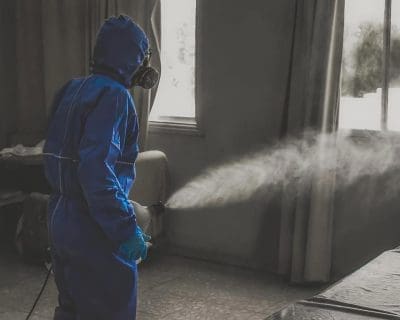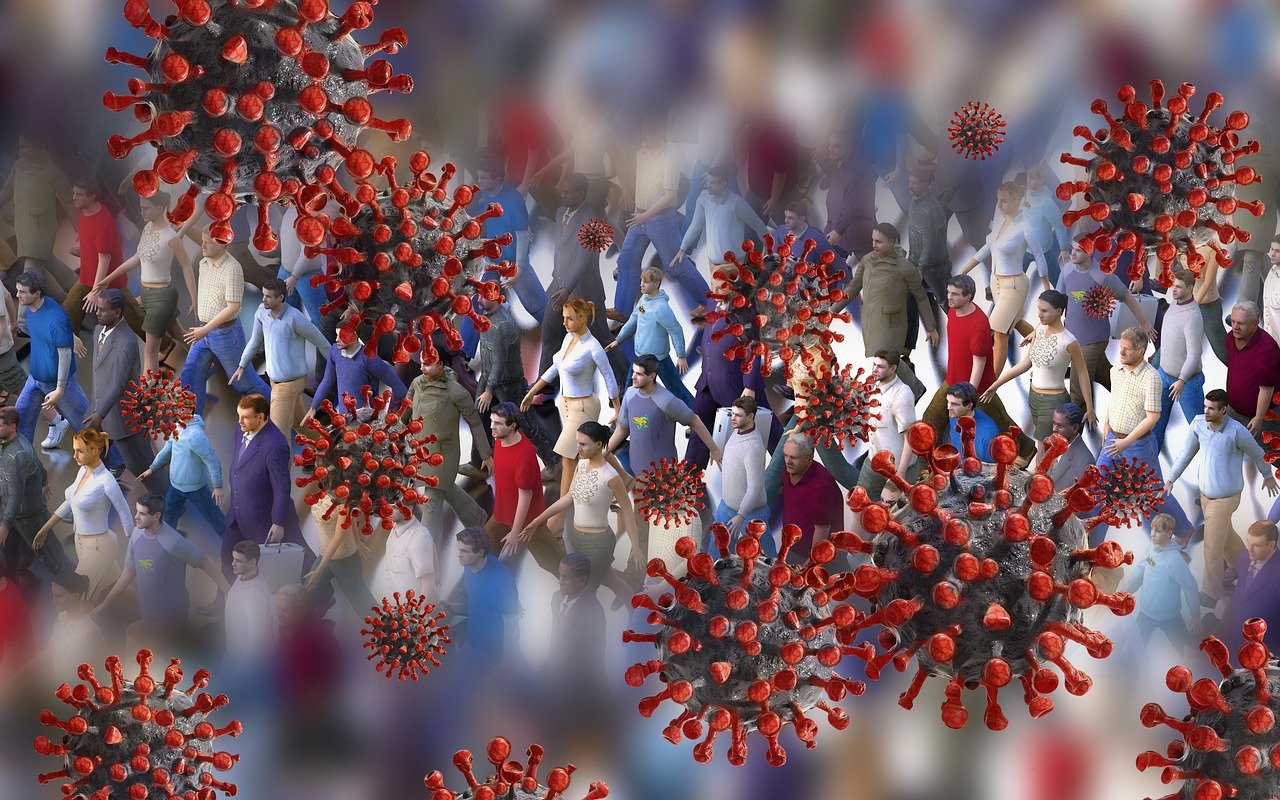This post is also available in:
 עברית (Hebrew)
עברית (Hebrew)
The 9/11 attacks redefined the global security context on terrorism. Similarly, COVID-19 causes us to reconsider what composes a public security threat. As the coronavirus pandemic has demonstrated, the traditional security paradigm has some serious blind spots, as it apparently does not incorporate all threats against human security.
Up until this new worldwide COVID-19 threat, the concept of national security was generally narrowly defined and states focused merely on protecting themselves from the aggression of other states or terrorism. Security solutions focused on detecting suspects, weapons and explosives. However, as the coronavirus pandemic has demonstrated, having a national security approach grounded primarily on military elements is not the complete solution.

With growing evidence that airborne virus particles are the main cause of COVID-19 infection, scientists all over the world have been developing air-purifying innovations for public spaces on the one hand, and individual-based solutions, on the other hand.
Some of the methods cleanse indoor air from dangerous pathogens sterilizing indoor air by releasing chlorine dioxide (ClO₂) in tiny amounts. Other solutions include air filtration and disinfection systems that filter out bacteria, viruses, etc.
A host of Ionization purifiers are available, including new technologies such as a device that emits positive hydrogen ions and negative oxygen ions. Other solutions are based on Ultraviolet C (UVC) light, a known disinfectant, that could be efficient, easily deployable, and economically affordable.
Ozone is also an efficient oxidant for disinfecting water or sanitizing surfaces, being the basis for various filtration technologies.

At the same time, innovation efforts have been also focused on the individual person entering public spaces, in order to restrict contagious people from entry into entertainment centers, public installations, shopping malls, hotels, etc. These include various temperature screening technologies, including ones based on thermal imaging, that are capable of simultaneously screening masses of people passing through large spaces.
New technologies ensure that people in public places adhere to social distancing rules, especially in workplaces. These include wearable monitoring devices and various systems that rely on communications that can travel only short distances, warning workers when they get too close to each other.
Undoubtedly, the global boost in R&D efforts promises that better and more efficient products keep entering the market, and the new technologies made available to the public and organizations will further secure the return to routine.
Many of these anti-COVID-19 innovations that have already been applied around the world originate in Israel. They are based on the country’s vast R&D experience and its ability to cope with new threats within a short period of time.
Interested in learning more about counter-COVID-19 technologies? Contact us.


























